Test Photos of the Moon with RX10 M4 Part 3 - July 2019
Overview of the Tests | Test Photos | Conclusions
On this page, I present further test photos of the moon, where I tried out the HDR method of the Sony RX10 M4 and compared the results with "normal" photos. This time, as with the "normal" shots, I set the ISO value to 100. I also varied the HDR level between"Auto" and "+6".
Note: See page Test Photos of the Moon with RX10 M4 - July 2019 for more information on Multi-frame methods and first results. See also page Test Photos of the Moon with RX10 M4 Part 2 - July 2019, which offers more information on Multi Frame Noise Reduction (MFNR).
Overview of the Tests
Note: I will not go into variations of focusing here.
On July 14, 2019 I took two series of test shots:
- Series 1 (about 22:00, sky dark, no clouds in front of the moon): HDR ("Auto" and "+6" = maximum) and "normal" shots (DRO Auto) before and after, all with tripod and cable release
In the following, I will present some selected sample photos (the sharpest) from the series listed above. It should also be noted that photos of similar quality can differ significantly with respect to details due to air turbulence (an animation would make this visible). Therefore, it was not always easy to pick the, in my opinion, best photo.
Test Photos
All photos are cropped to 900 x 900 pixels, but display all the pixels of the moon, thus, they are not scaled (when viewed on a retina screen). Clicking on the photos shows them in double size (1:1) in a new window. The original photos are linked.
Exposure was the same in all cases and manual (1/125 sec, f/4). This time, all photos were indeed taken with an equivalent focal length of 600 mm.
Note: The differences between the different photos are only visible if you download the photos and view them at 200% in a photo editing program!
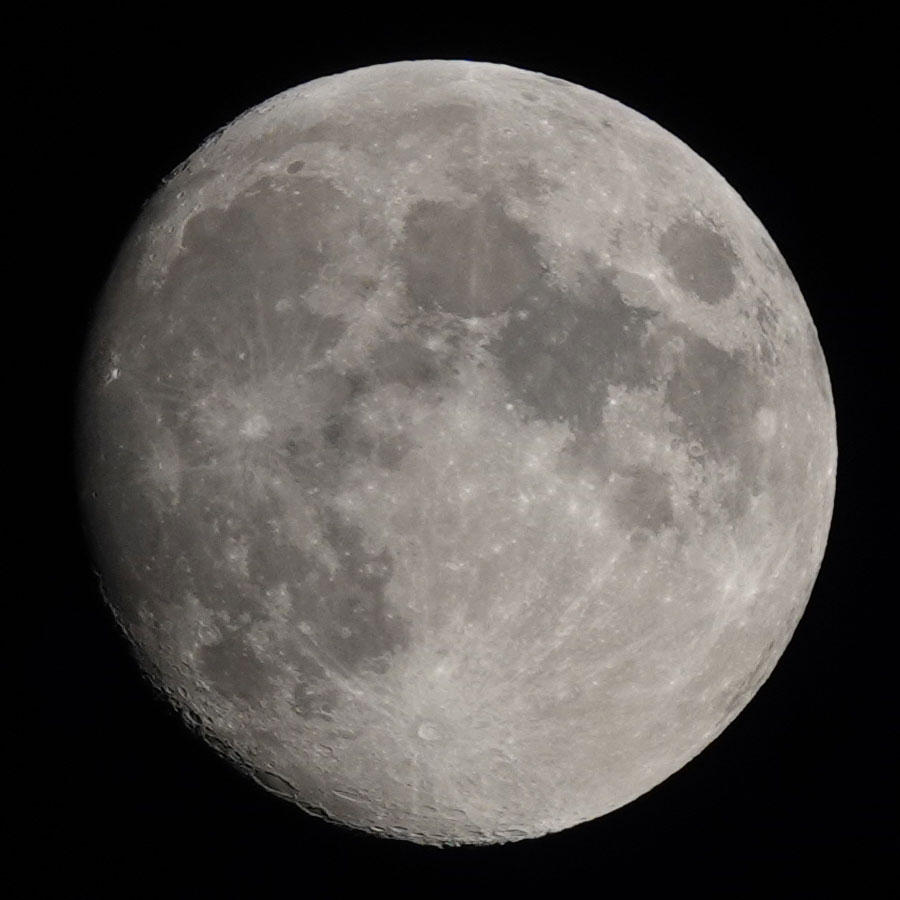 |
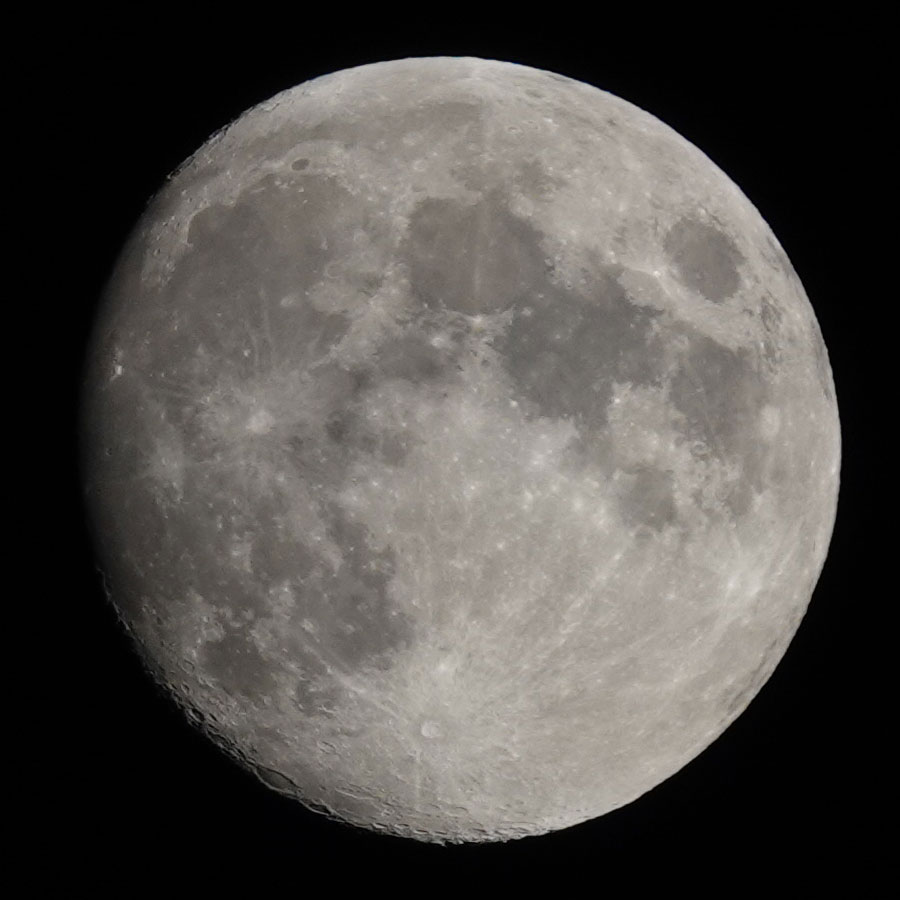 |
|
Normal (DRO Auto), ISO 100, 1/125 sec, f/4; original |
Normal (DRO Auto), ISO 100, 1/125 sec, f/4; original |
|
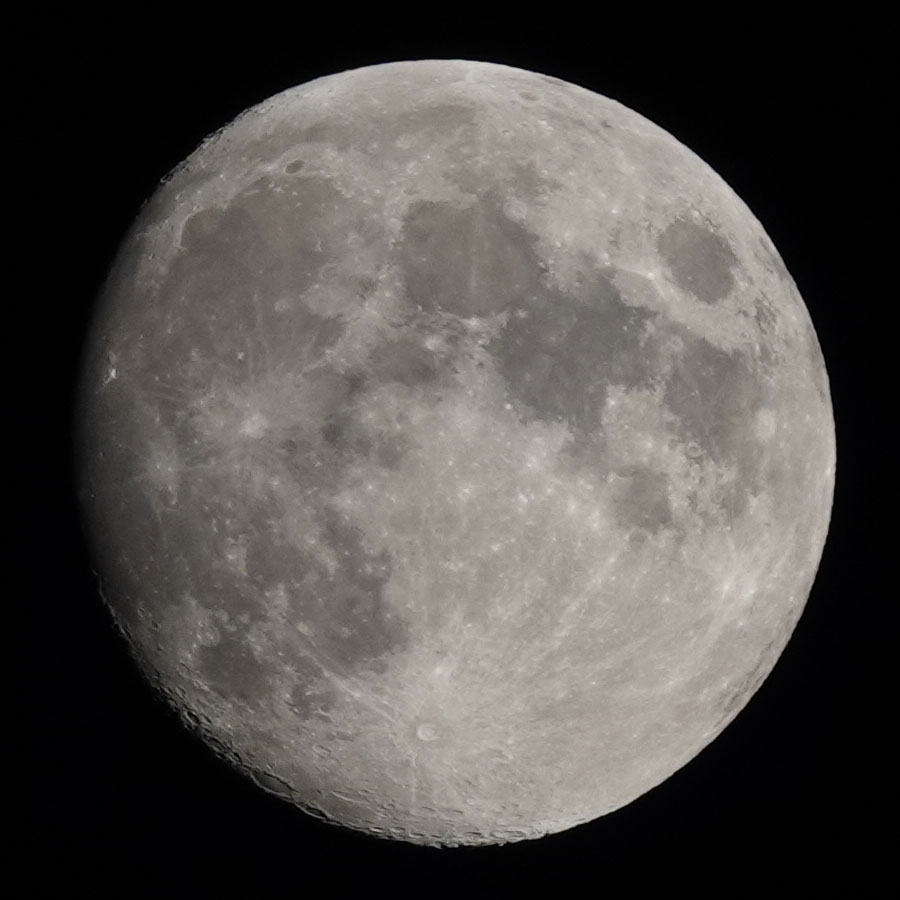 |
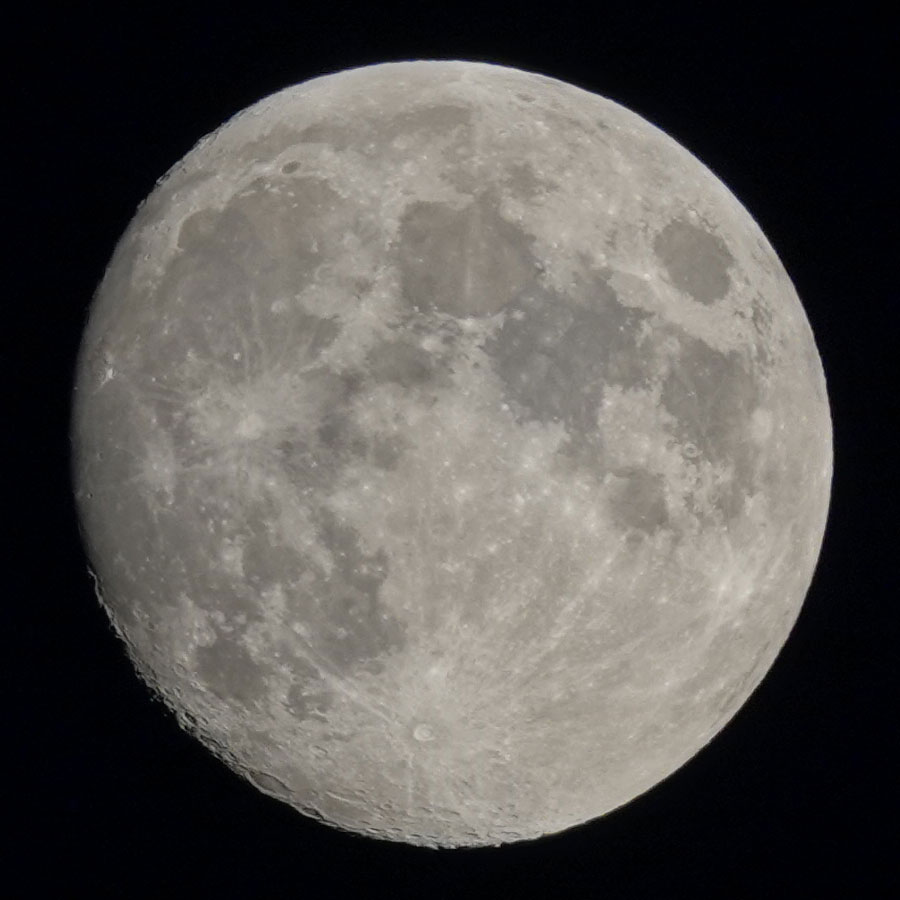 |
|
HDR (Normal), ISO 100, 1/125 sec, f/4; original |
HDR (Auto), ISO 100, 1/125 sec, f/4; original |
|
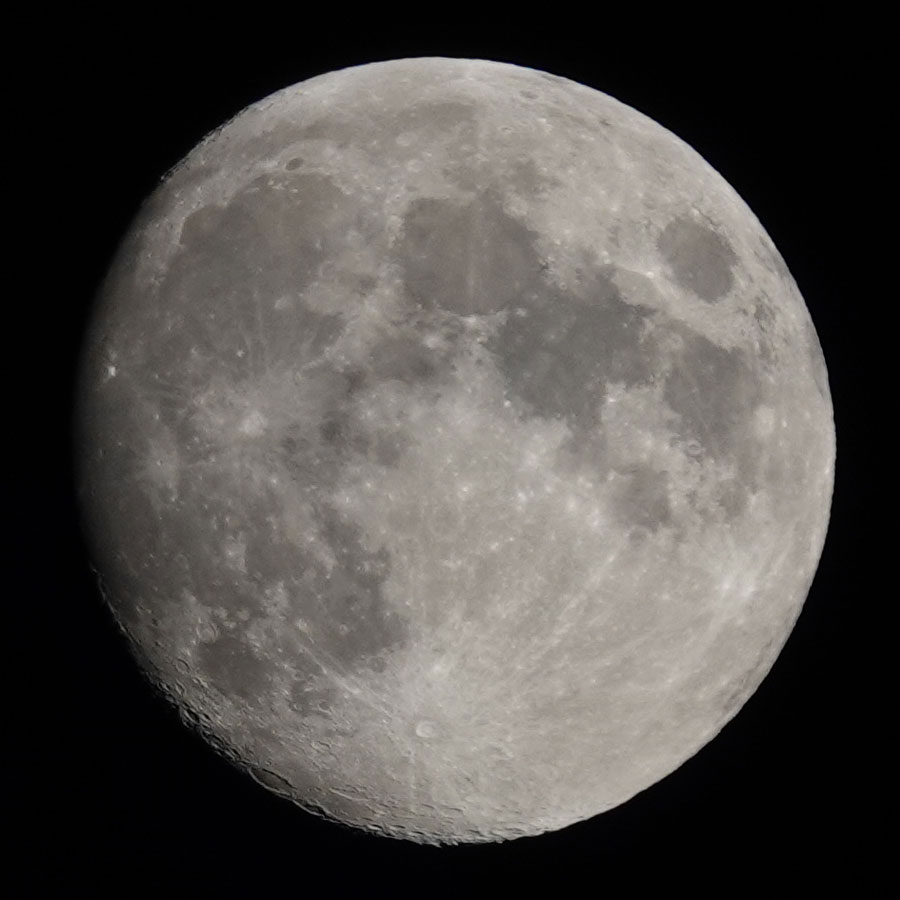 |
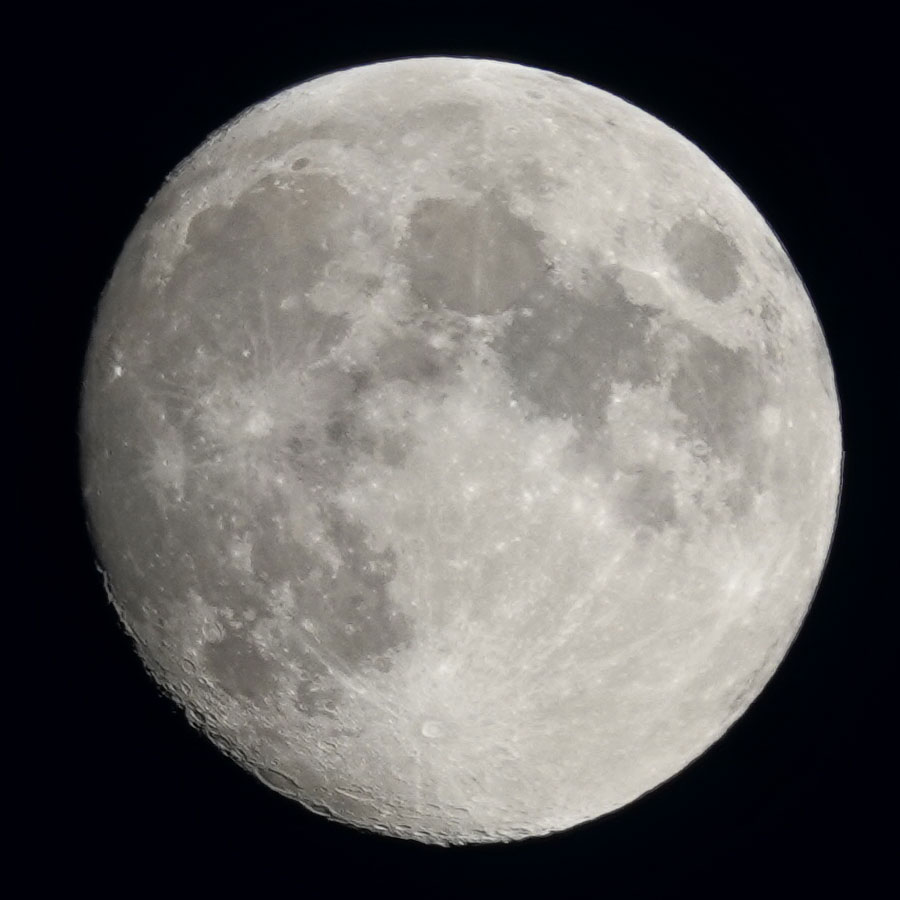 |
|
HDR (Normal), ISO 100, 1/125 sec, f/4; original |
HDR (Auto), ISO 100, 1/125 sec, f/4; original |
The first two photos are normal shots at the beginning and end of the series. Below them follow the HDR photos, in the middle row taken with "Auto", in the lower row taken with "+6" (maximum). On the left is the normal picture that the camera delivers with HDR, on the right the HDR picture. For both HDR images there is a "fail" in the EXIF data (fail1 and fail2), which indicates that the HDR process was running on an error. Nevertheless, the HDR images differ significantly from their normal versions.
Conclusions
The HDR photos show clearly brightened shadow areas compared to the normal versions, strongest at HDR = +6, i.e. the maximum. This suggests to always use HDR, because the photos appear more detailed.
Processed Versions
Therefore, the question arises whether the normal versions can be brought up to the state of the HDR versions using post-processing. The following photos show a quick attempt in this direction:
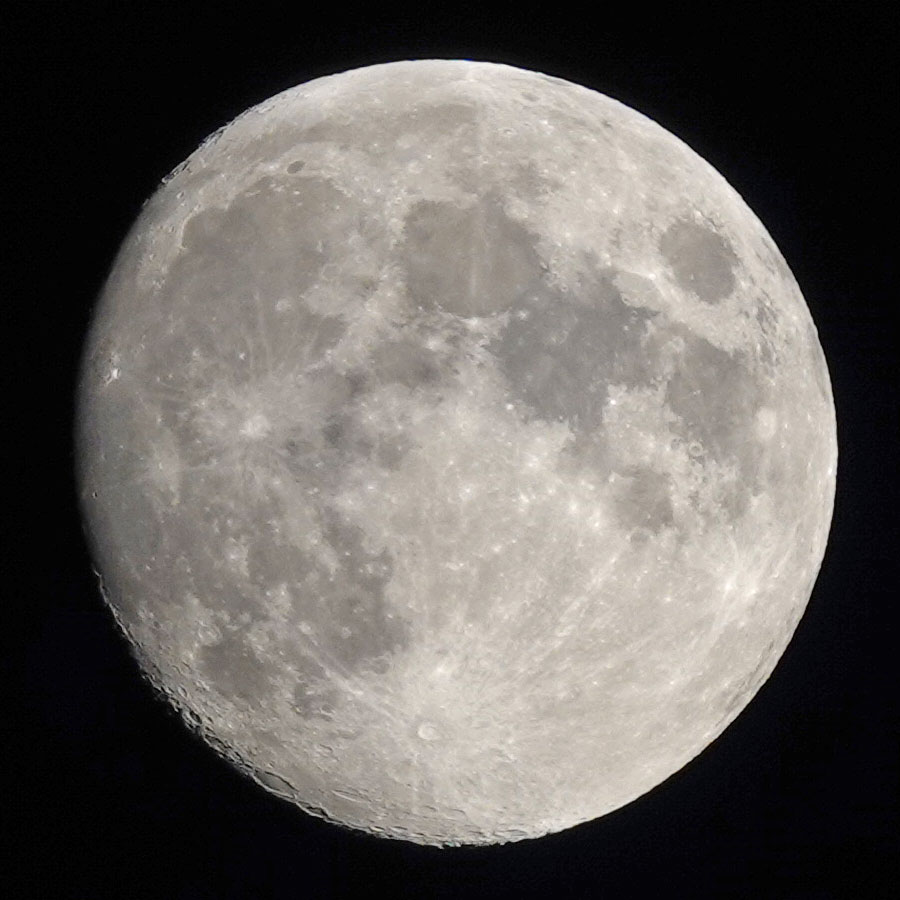 |
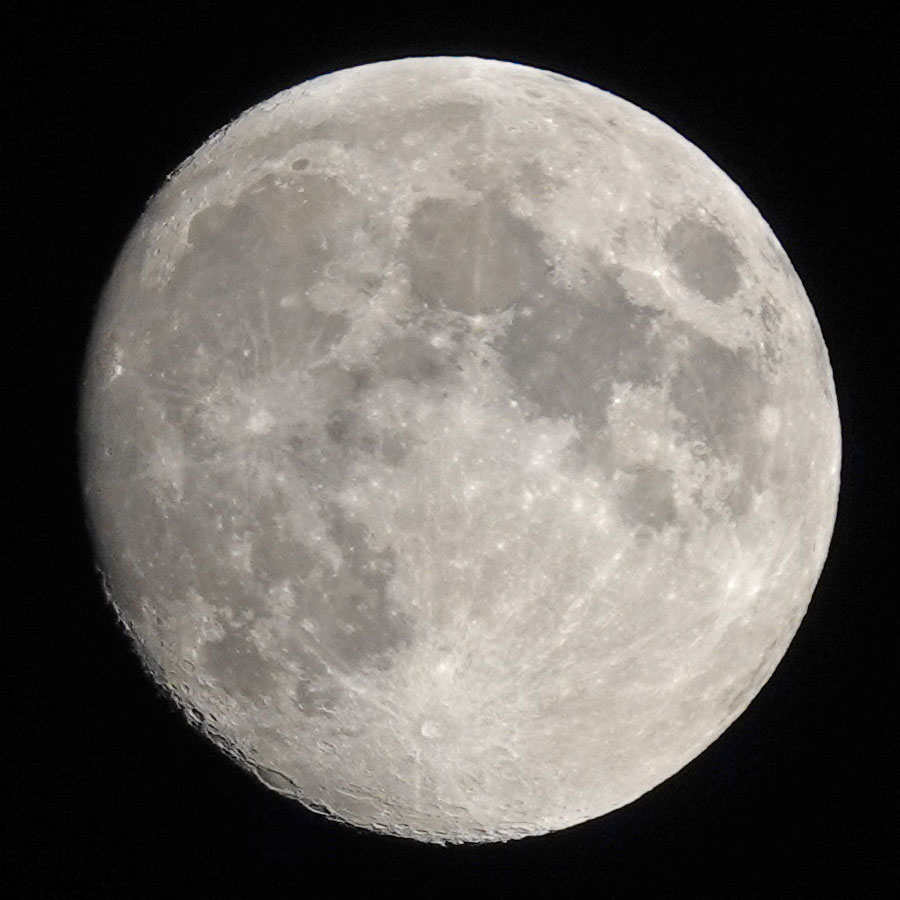 |
|
Normal (DRO Auto), ISO 100, 1/125 sec, f/4; original |
Normal (DRO Auto), ISO 100, 1/125 sec, f/4; original |
|
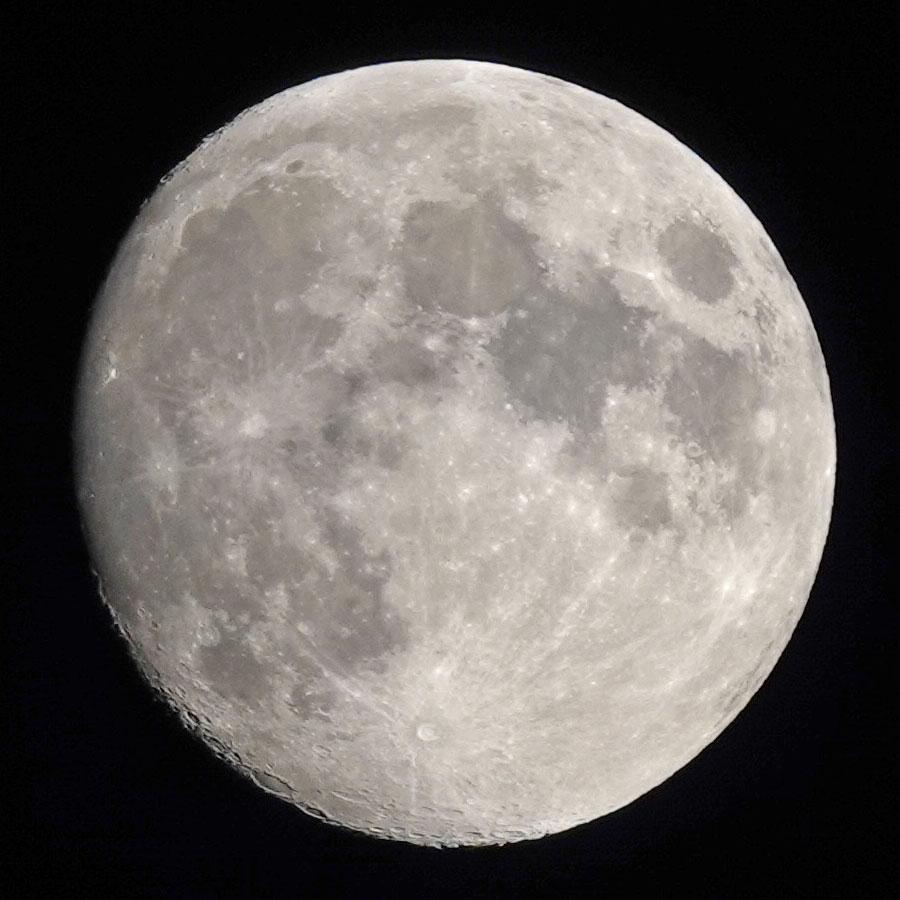 |
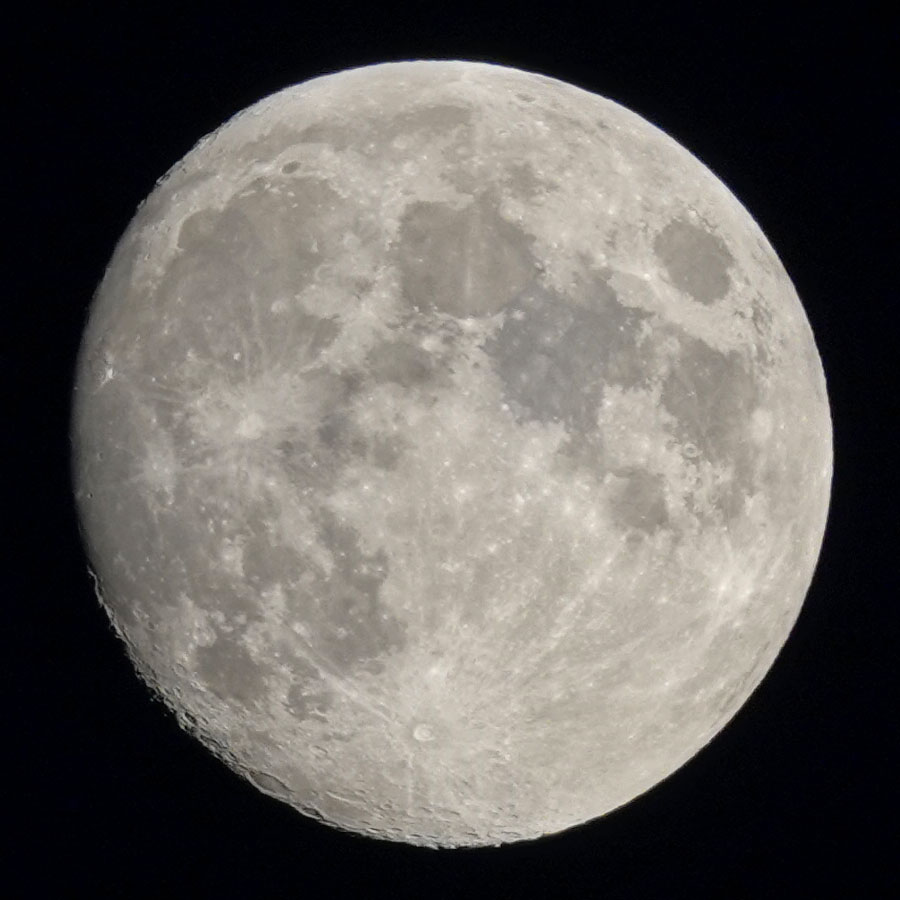 |
|
HDR (Normal), ISO 100, 1/125 sec, f/4; original |
HDR (Auto), ISO 100, 1/125 sec, f/4; original |
|
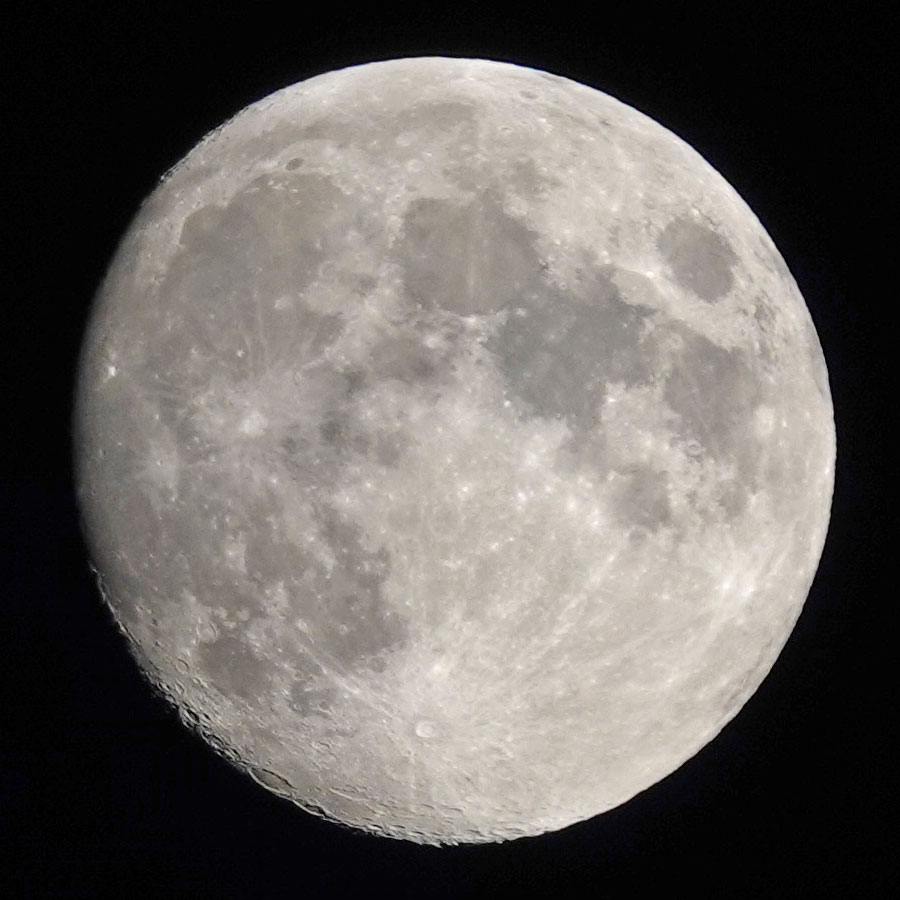 |
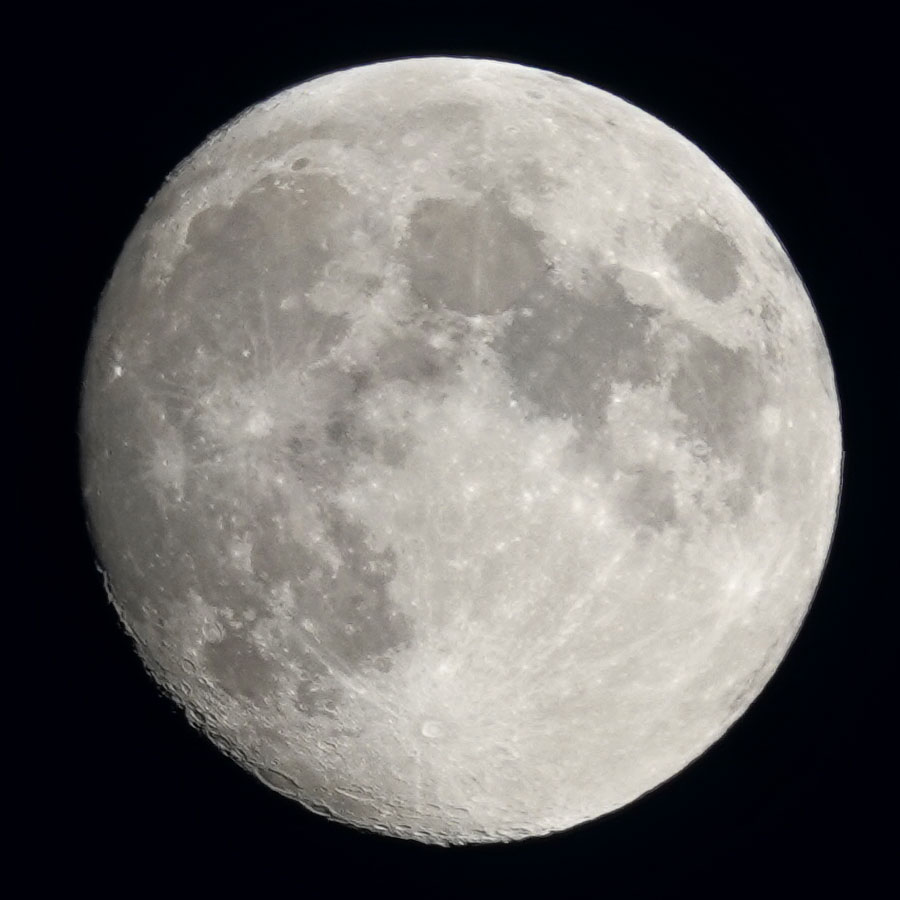 |
|
HDR (Normal), ISO 100, 1/125 sec, f/4; original |
HDR (Auto), ISO 100, 1/125 sec, f/4; original |
Conclusions
At first glance I do not see any big differences between the post-processed normal versions and the HDR version. The question is whether the effort is really worth it...
Representation of Details
The last question may or may not be answered by looking at the details. So here is the question, whether the normal or HDR photos show finer details. Below, I present sections from the photos above for closer inspection:
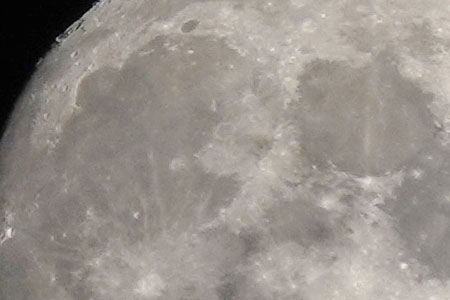 |
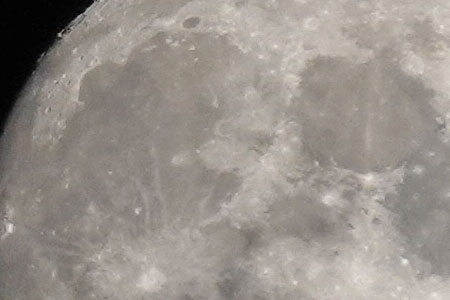 |
|
Normal (DRO Auto), ISO 100, 1/125 sec, f/4; original |
Normal (DRO Auto), ISO 100, 1/125 sec, f/4; original |
|
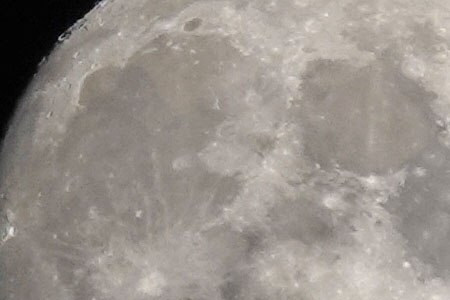 |
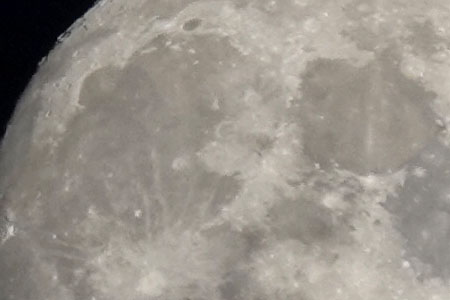 |
|
HDR (Normal), ISO 100, 1/125 sec, f/4; original |
HDR (Auto), ISO 100, 1/125 sec, f/4; original |
|
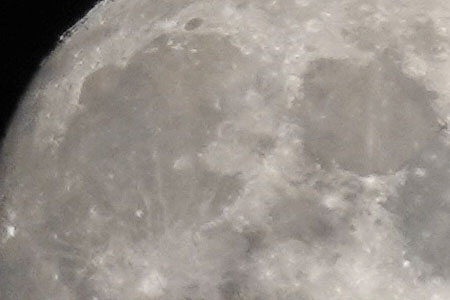 |
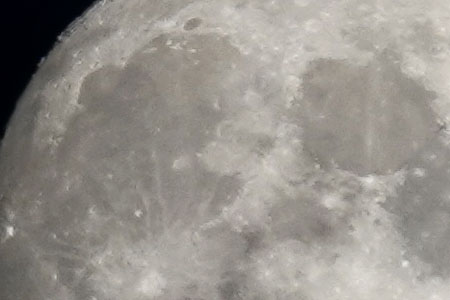 |
|
HDR (Normal), ISO 100, 1/125 sec, f/4; original |
HDR (Auto), ISO 100, 1/125 sec, f/4; original |
Conclusions
Actually, only the direct comparison between the normal and the HDR version of a photo is a "correct" comparison. With the "Auto" photos, the HDR version seems to be quite soft to me, with "+6" the difference is small. The most detailed photo seems to be the normal one on the top right. All in all, I do not see any advantages for the HDR method in the details, although I actually expected this.
Conclusions
Unfortunately, I cannot find any advantages for the HDR method in my photos. Maybe, I made mistakes or misunderstood how these multiple shots work. Therefore, at the moment I cannot recommend using the HDR method for image enhancement when taking photos of the moon.
| 21.08.2019 |